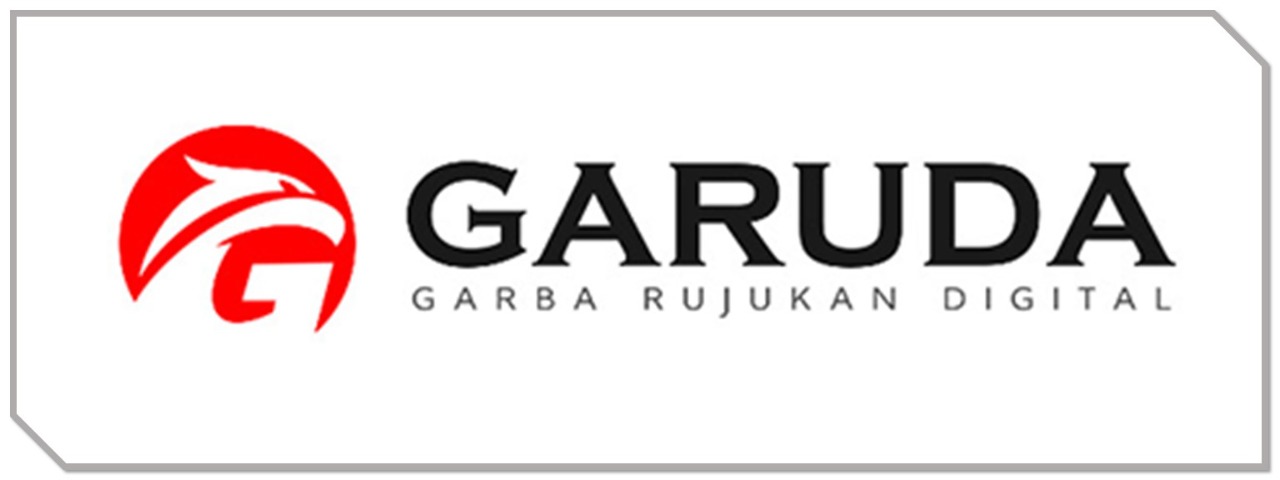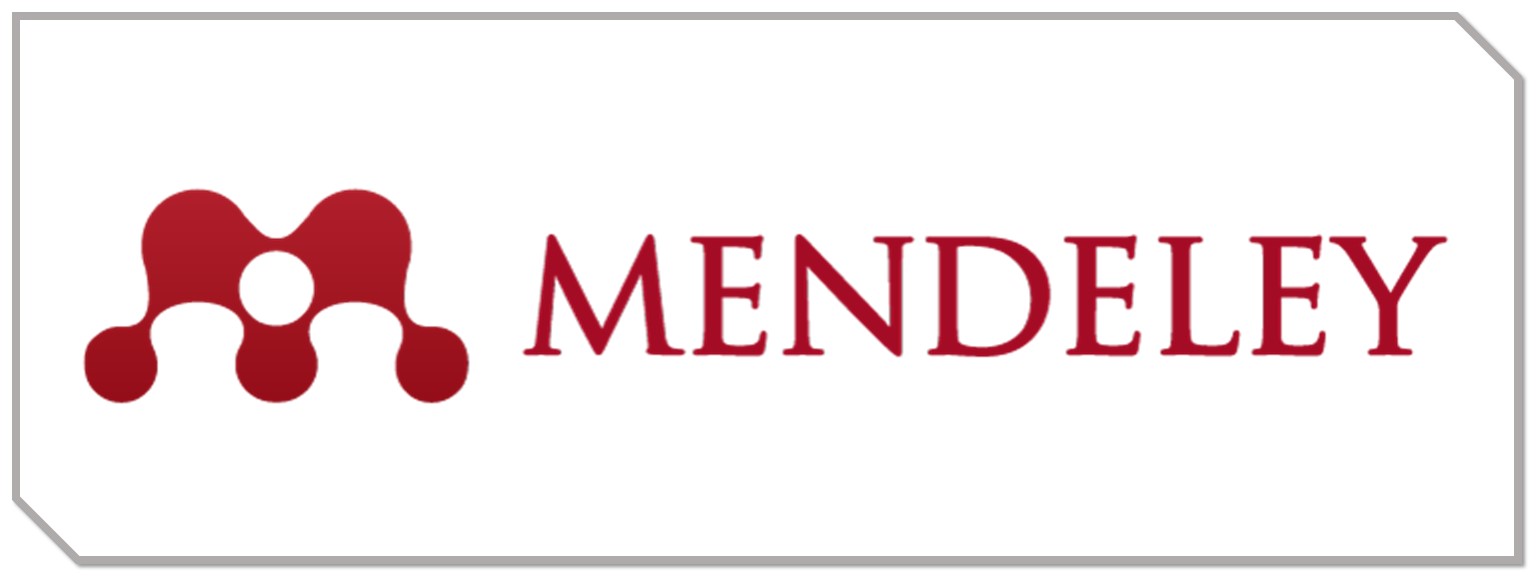The Impact Of Consumer Time Sensitivity On Product Development Process Choices In A Competitive Market
DOI:
https://doi.org/10.70142/ijbge.v1i4.256Keywords:
Consumer Time Sensitivity, Product Development Process, Competitive Market, Concurrent Process, Government PolicyAbstract
This study aims to explore the impact of consumer time sensitivity on product development process choices in a competitive market. By analyzing the existing literature, this study identifies two main approaches to product development: concurrent processes and sequential processes. Concurrent processes allow companies to accelerate product launches, while sequential processes reduce the risk of irreversible upfront investments. The study found that consumer time sensitivity encourages companies to adopt concurrent processes, especially in dynamic markets. In addition, asymmetry in competition, where companies have different product approval probabilities, affects the development strategy carried out. Government policies also play a role in supporting investment in product development through subsidies, although this can lead to unwanted side effects. This research provides important insights for managers and stakeholders in formulating effective product development strategies and underscores the importance of understanding consumer behavior in corporate decision-making.
References
Arifoğlu, K., & Tang, C. (2022). A two-sided incentive program for coordinating the influenza vaccine supply chain. Manufacturing & Service Operations Management, 24(1), 235–255.
Arifoğlu, K., Deo, S., & Iravani, S. M. R. (2012). Consumption externality and yield uncertainty in the influenza vaccine supply chain: Interventions in demand and supply sides. Management Science, 58(6), 1072–1091.
Bhaskaran, S., Erzurumlu, S. S., & Ramachandran, K. (2021). Sequential product development and introduction by cash-constrained start-ups. Manufacturing & Service Operations Management, 23(6), 1505–1523.
Cohen, M. A., Eliashberg, J., & Ho, T. H. (1996). New product development: The performance and time-to-market trade-off. Management Science, 42(2), 173–186.
Fogel, D. B. (2018). Factors associated with clinical trials that fail and opportunities for improving the likelihood of success: A review. Contemporary Clinical Trials Communications, 11, 156–164.
Gao, F., Cui, S., & Cohen, M. (2021). Performance, reliability, or time-to-market? Innovative product development and the impact of government regulation. Production and Operations Management, 30(1), 253–275.
Harris, C., & Vickers, J. (1987). Racing with uncertainty. The Review of Economic Studies, 54(1), 1–21.
Jacobs, J., & Armstrong, D. (2020). Trump's operation warp speed aims to rush coronavirus vaccine. Bloomberg.
Jansen, M. C., & Ozaltin, O. Y. (2017). Balancing public health and the pharmaceutical market: The role of R&D investments and pricing policy. Health Economics, 26(1), 1–15.
Krishnan, V., & Ulrich, K. T. (2001). Product development decisions: A review of the literature. Management Science, 47(1), 1–21.
Limon, Y., Tang, C., & Tanrisever, F. (2022). Sequential versus concurrent final phase product development: Approval uncertainty, time-sensitive consumers, and asymmetric competition. Available at SSRN: https://ssrn.com/abstract=4000799.
Limon, Y., Tang, C., & Tanrisever, F. (2023). Sequential versus concurrent final phase product development: Approval uncertainty, time-sensitive consumers, asymmetric competition, and government subsidy. Production and Operations Management, 32(11), 3521-3540. https://doi.org/10.1111/poms.14048
Miltersen, K. R., & Schwartz, E. S. (2004). R&D investments with competitive interactions. Review of Finance, 8, 355–401.
Ozaltin, O. Y., Prokopyev, O. A., Schaefer, A. J., & Roberts, M. S. (2011). Optimizing the societal benefits of the annual influenza vaccine: A stochastic programming approach. Operations Research, 59(5), 1131–1143.
Song, Y., & Zhao, M. (2021). Dynamic R&D competition under uncertainty and strategic disclosure. Journal of Economic Behavior and Organization, 181, 169–210.
Steinmetz, A. (2015). Competition, innovation, and the effect of R&D knowledge. Journal of Economics, 115, 199–230.
Wu, C. H., & Lai, J. Y. (2019). Dynamic pricing and competitive time-to-market strategy of new product launch under a multi-stage duopoly. European Journal of Operational Research, 277, 138–152.
















